Kolkata has some 69 temples, dozens of museums and colonial monuments surrounded by landscaped gardens, toss in lively markets and the best street food in India, and you’ll get a rough idea of this megacity’s vibe. Once known as Calcutta, India’s major riverine port is now a potpourri of old cultural heritage and futuristic glass towers.
Visiting Kolkata for a short time? Then follow our 2 day itinerary, the easiest way to reach points of interest, the best places to visit in Kolkata.

2 Days in Kolkata (Best Places to Visit) India
- Day One in Kolkata
- Jorasanko Thakur Bari
- Marble Palace
- Howrah Bridge
- Indian Museum
- Victoria Memorial Hall
- St Paul’s Cathedral
- Princep Ghat
- Birla Mandir
- Gariahat Market
- Day Two in Kolkata
- Dakshineswar Kali Temple
- Belur Math
- Typical Bengali Food in Kolkata
- Where to Stay in Kolkata
- Transport Connections in Esplanade
- Getting to Esplanade from Kolkata International Airport (CCU)
- Best Time to Visit Kolkata
A very old city and the capital of West Bengal in Eastern India, Kolkata is hard to explore in a short time so I suggest spending at least 2 days here to discover the major places of attraction. Let me guide you around my city, the ‘City of Joy’.
Ruma Dey Baidya explains the best way to see the city sights of old Calcutta on a 2 day itinerary. Discover how to get around Kolkata, where to go and which places to visit, as well as trying genuine Bengali cuisine.
Day One in Kolkata
On the first day, start off with a visit to Jorasanko Tagore House and the Marble Palace in the Girish Park area. Then head over to the Indian Museum in Park Street (Mullick Ghat flower market is on the way and from here you’ll have a good view of one of our landmarks, the Howrah Bridge). After touring the museum, walk over to the Victoria Memorial and St Paul’s Cathedral. Next on the list is Princep Ghat, an impressive site down by the riverside that you’ll never forget! And finally the last stop for today, the memorable Birla Mandir.
Jorasanko Thakur Bari
Jorasanko Thakur Bari is the birthplace of world-famous poet Rabindranath Tagore and one of Kolkata’s top tourist places. Rabindranath’s grandfather, Dwarkanath Tagore built the family home back in the 18th century. ‘Tagore House’ is now a museum and part of the Rabindra Bharati University Art Faculty, full of interesting facts about India.
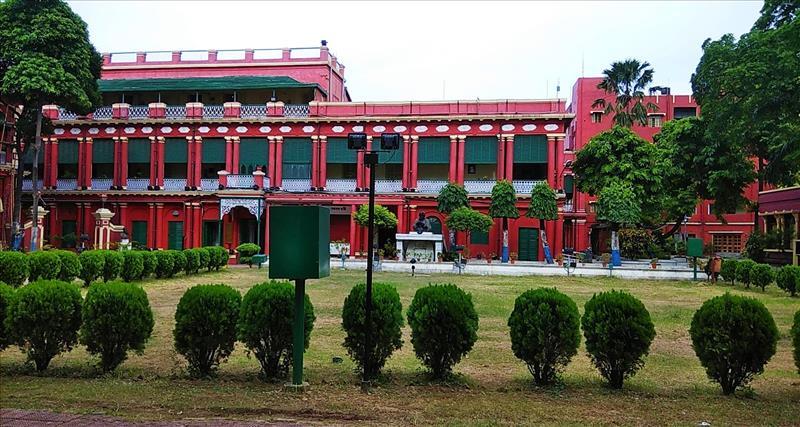
Museum Opening Times
Tuesday to Sunday opens daily from 10.30 am to 5.00 pm (closed on Monday and National Holidays).
Entry Fee
Indians: 20 rupees; SAARC countries: 30 rupees; other nationalities: 150 rupees. Photography Charges: 50 rupees per camera.
How to Get Here
Get the tube to Girish Park metro station and from here it’s a 5 minute walk.
Marble Palace
The Marble Palace is one of the most famous tourist attractions in Kolkata. The immense 19th century mansion is made almost entirely of marble with an ornate colonnaded façade fronted by gardens and a lake. Built for Raja Rajendra Mallick as a family residence, the interior is furnished with Victorian antiques, and contains an unusual collection of sculptures and paintings.
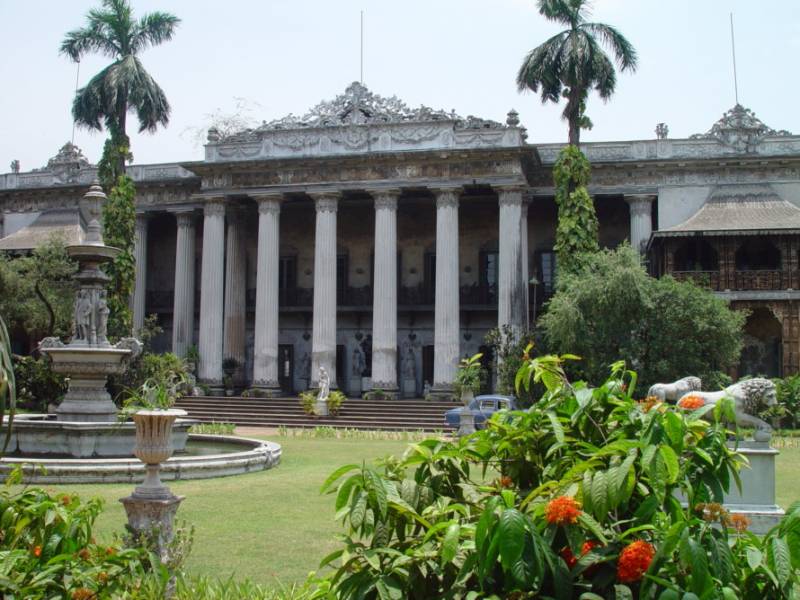
Opening Times
Opens 10 am to 4 pm (closed Mondays and Thursdays).
Entry Fee
No entrance fee but a permit is required.
* Apply for the entrance permit 24 hours in advance. Available at the West Bengal Tourism Office (near the Tea Board on BBD Bag), bring your passport or Indian National Identity Card for the formality.
How to Get Here
Girish Park metro station is the nearest stop. Approx. 5 minutes walk from there.
Howrah Bridge
Howrah Bridge ranks sixth among the longest cantilever bridges in the world. This massive steel suspension bridge has spanned River Hooghly since the 1940’s connecting Kolkata to sister city Howrah, and is now used by some 100,000 vehicles and many more pedestrians every day!
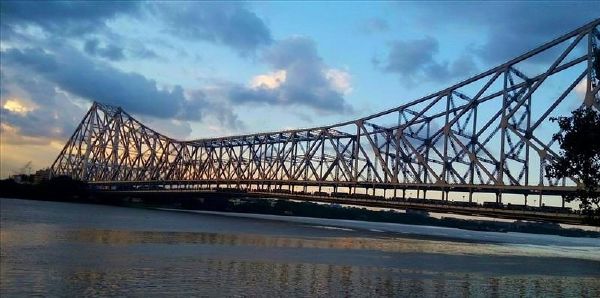
How to Get Here
Howrah Bridge is only a minute away from Howrah railway station. You can see it clearly as you walk past Mullick Ghat flower market.
Indian Museum
The biggest heritage museum in the country and one of the oldest in the world, the India Museum was founded back in 1814. Originally known as the ‘Asiatic Society of Bengal in Calcutta’, it’s a fascinating mixture of science, history and cultural evolution with countless rare objects and antiquities on display in a seemingly endless succession of galleries. With infinite points of interest including ancient artwork, meteorites, fossils and prehistoric relics, the Egyptian mummy usually takes the focal point.
India Museum is divided into 6 departments: Anthropology, Archaeology, Art, Botany, Geology, and Zoology.
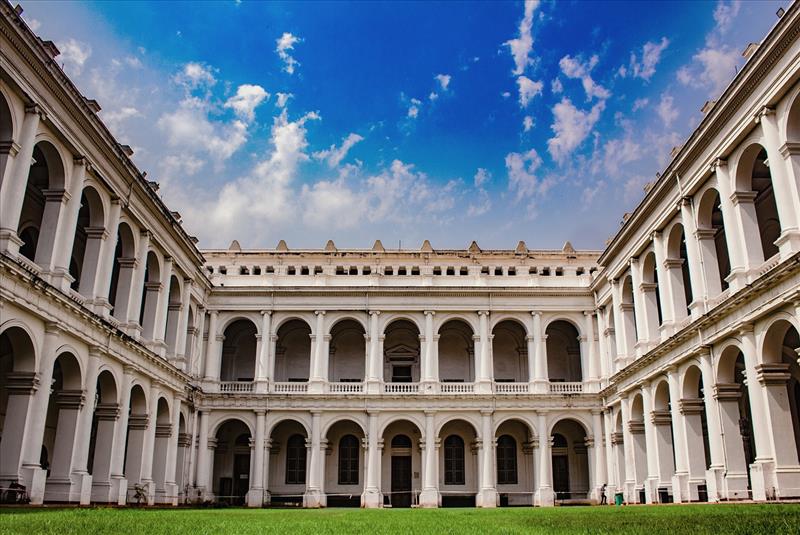
Opening Times
Monday to Friday from 10 am to 8.30 pm; Saturdays and Sundays 10 am to 8 pm. Closed on national holidays.
Ticket Prices
Indian Nationals: Adults 50 rupees, children 20 rupees (over 5s). Foreigners: 500 rupees per person. Entrance is free for school students.
Photography Charges: Smartphone with Camera 50 rupees; Camera 100 rupees; Small Video Camera 2000 rupees; Camera with Tripod 5000 rupees.
How to Get Here
Four minutes walk from Park Street metro station.
Victoria Memorial Hall
Victoria Memorial Hall was built to commemorate the ‘Empress of India and Queen of Britain’ in a mixture of architectural styles which bear a resemblance to Belfast City Hall and the Taj Majal! Construction on the monumental white marble Hall began in 1906 and took 15 years to complete. A national gallery of valuable paintings, sculptures and manuscripts, antique guns and other rare objects belonging to India’s past are also on public display. The adjacent Victoria Memorial Gardens are also worth taking the time to see.
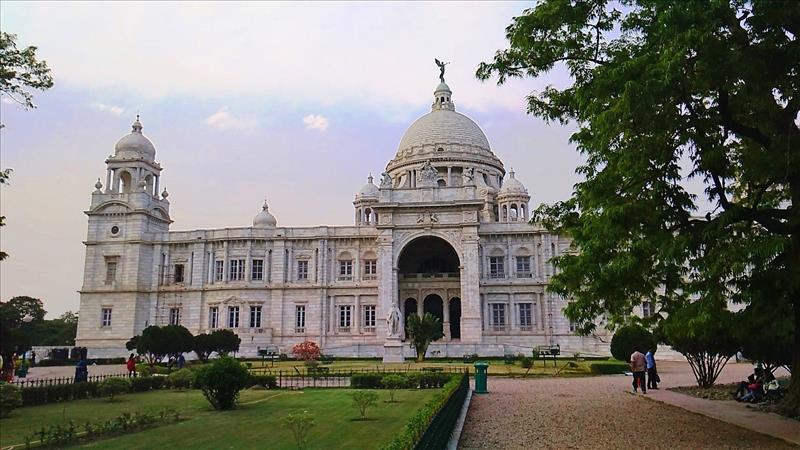
Opening Times
Victoria Memorial Gallery: Tuesday to Sunday opens daily from 10 am to 5 pm;
The Gardens: Tuesday to Sunday opens daily from 6 am to 5 pm.
Closed on Mondays and National holidays.
Ticket Prices
Victoria Memorial Gallery: Indians 30 rupees per person; 100 rupees per person for SAARC Countries; other nationalities 500 rupees per person.
Entry to the Gardens costs 20 rupees.
How to Get Here
Maidan metro station is the nearest stop.
St Paul’s Cathedral
St. Paul’s Cathedral, Kolkata’s grand Anglican Church was built in 1847 under the guidance of Bishop Daniel Wilson in Indo-Gothic design. St. Paul’s is located opposite Victoria Memorial Hall and beside the Birla Planetarium and Academy of Fine Arts.
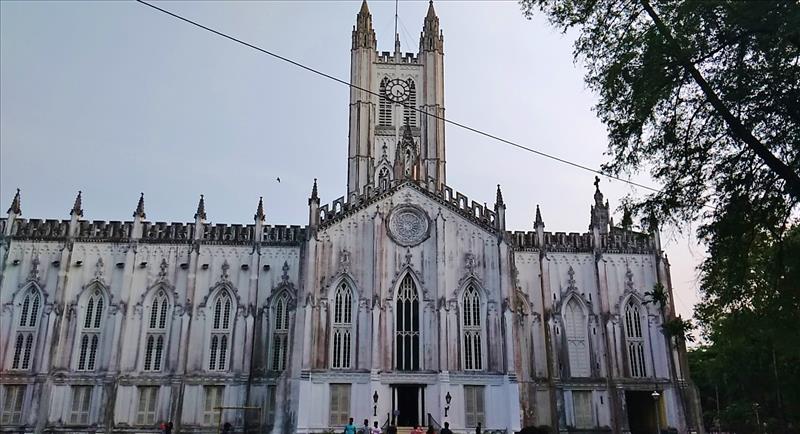
Opening Times
Monday to Saturday 9 am to 12 pm and 3 pm to 6pm; Sundays 7.30 am to 6 pm.
Entrance to the Cathedral is free.
How to Get Here
Maidan metro station is the closest stop.
Princep Ghat
Princep Ghat is one of the oldest and most romantic places in Calcutta city! A British-era ghat a colonnaded ‘Greek’ portico on the banks of the Hooghly River with views to the celebrated Second Hooghly Bridge, it was built in memory of James Prinsep in 1841. Stroll around the tree-shaded gardens, grab a bite to eat from the food stalls, or go out boating on the river. Steps lead down to the waterfront which stretches towards Fort William water gate.
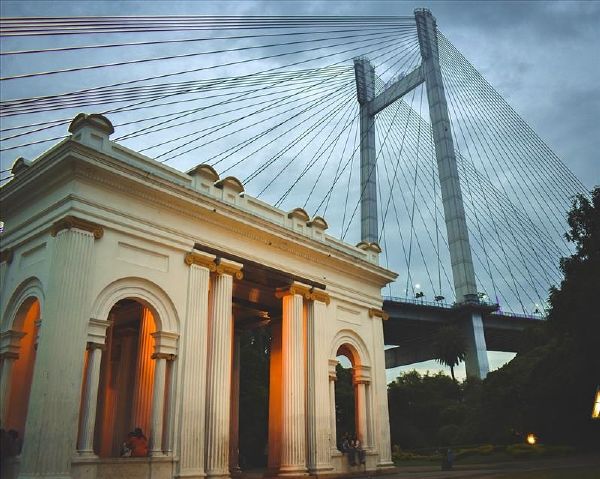
Opening Times
Open 24 hours every day of the year.
Entry Fee
Free entrance.
How to Get Here
The easiest way to is to get a direct train to Princep Ghat station on the Circular Railway. From here Princep Ghat is only a 2 minute walk. Alternatively, you can hire a cab.
Birla Mandir
Birla Mandir is an emblematic complex of three engraved marble Hindu temples built in the Ballygunge neighbourhood of Kolkata in the late 20th century. Named after the Birla family, Indian industrialists who sponsored the sanctuary, each shrine is devoted to a sacred Hindu God – Lord Krishna and the Goddess Radha are worshipped in the main temple while the other two ‘shikhar’ domes are dedicated to Lord Shiva and Goddess Durga.
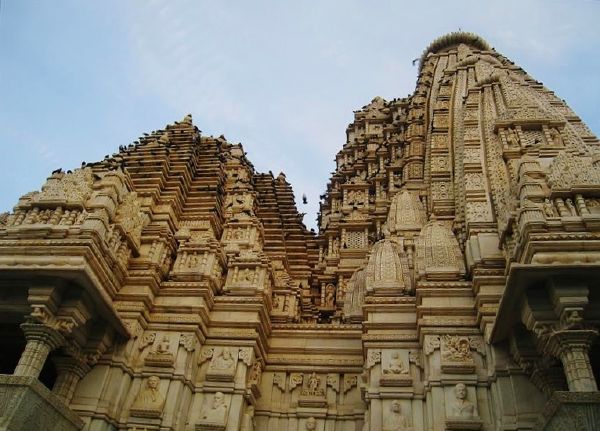
Opening Times
Monday to Sunday opens daily in two slots, from 5.30 am to 11 am or from 4.30 pm to 9.00 pm.
Free Entrance
*Cameras and mobile phones are not allowed inside the temples.
How to Get Here
Easy to reach from anywhere in Kolkata, Park Circus 7 Point railway station is the nearest stop.
Gariahat Market
Looking for an authentic experience that you won’t find on a guided tour of India? One of Kolkata’s busiest street bazaars, Gariahat Market takes place in Ballygunge. Set up around Gariahat Road, stores and stalls are bright with saris and cheap clothes, bags and bangles, and Indian handicraft, as well as electronics and household goods.
The fresh food market is stacked with colourful vegetables and fruit, and fish straight from Bengal Bay. There are loads of eateries around this neighhood and some of the best street food in town.
Opening Times
Monday to Saturday 10 am to 8 pm; Sundays closed.
How to Get Here
A straight walk down the road from Birla Mandir, approximately 1.5 km.
Kalighat is Metro Station and Park Circus 7 Point the Railway Station are the nearest stops. ‘Toto’ autorickshaws are available outside.
Day 2 in Kolkata
On your second morning in Kolkata, make an early start to see the Dakshineswar Temples set beside River Hooghly. After spending some time here, you can get a boat over to Belur Math on the western banks.
Dakshineswar Kali Temple
This traditional 9 spire Hindu temple was founded in 1855 by Rani Rashmani on the east bank of the Hooghly River. Rani was a charitable woman who had a visionary dream in which Kali Ma (Mother Goddess) requested a sanctum be built on the banks of the river Ganges where her image could be worshipped (the Hooghly flows through the lower Ganges Delta to the Bay of Bengal). The domes of Dakshineswar Kali Temple are crafted with distinctive Bishnupur terracotta tiles. Idols of Goddess Kali and her husband Shiva rest on a silver lotus throne in the sacred inner chamber.
The adjacent Vishnu temple is another focal point with its imposing colonnaded veranda. Meanwhile, there are 12 smaller temples facing the waterfront (signifies the 12th incarnation of Lord Shiva).
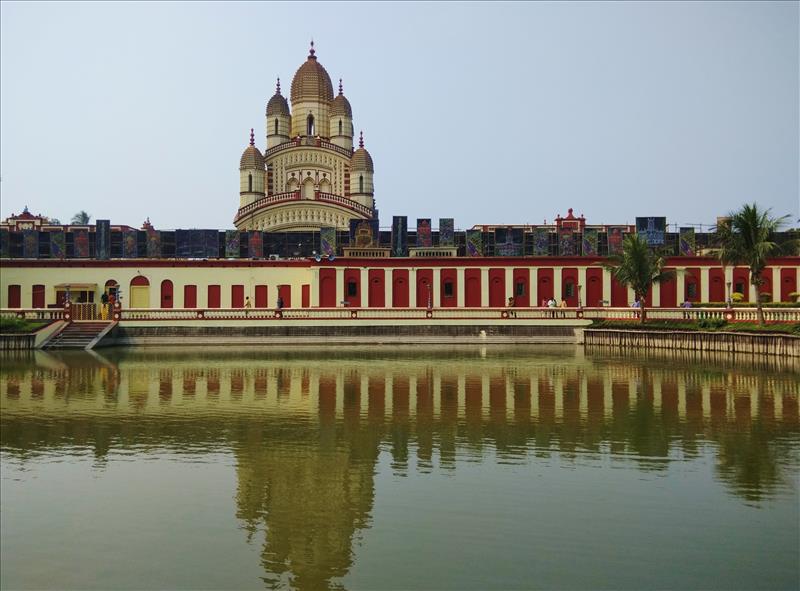
Opening Times
Monday to Sunday opens daily 6 am to 12.30 pm and from 3 pm to 8.30 pm.
Entry Fee
Free entrance.
How to Get Here
Dakshineswar Kali Temple is located 30 minutes by car from Kolkata Airport. Dakkhineswar is the nearest train station and directly connected to the temple compound by the popular new Skywalk.
Belur Math
Belur Math lies beside the western banks of River Hooghly. This is one of Kolkata’s must-see tourist attractions, major holy site encircling temples, shrines, the monastery and campus. Belur Math is an extraordinary mix of Hindu, Muslim, Christian and Buddhist architecture and sacred art. Swami Vivekananda founded the sanctuary in 1935, under the guidance of spiritual leader Sri Ramakrishna.
A true symbol of religious unity and pilgrimage, Belur Math is the seat of the monastic Ramakrishna Order and their Mission. Don’t forget to have a serving of ‘Kichri Bhog prasad’ which is a tasty rice dish offered to visitors.
The major attractions of Belur Math are:
- The Samadhi Enclosure
- Swami Brahmananda Temple
- Swami Vivekananda Temple
- The Old Shrine
- Swami Vivekananda’s Room
- The Ramakrishna Museum
- Sri Ramakrishna Temple
- The Marble Statue of Sri Ramakrishna
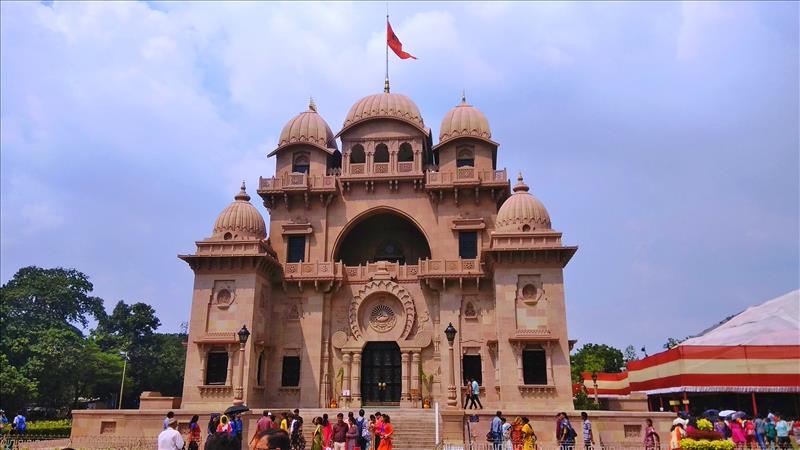
Opening Times
April to September open from 8.30 am to 11.30 am and from 4 pm to 6 pm;
October to March opens 8.30 am to 11.30 am and from 3.30 pm to 5.30 pm.
Entry Fee
Free entrance.
How to Get Here
After visiting Dakshineswar get the launch to Belur Math which takes approximately 15 minutes.
Typical Bengali Food in Kolkata
Kolkata is food heaven! The sweet and spicy Bengali cuisine is divine so try some of these local specialties while you’re here.
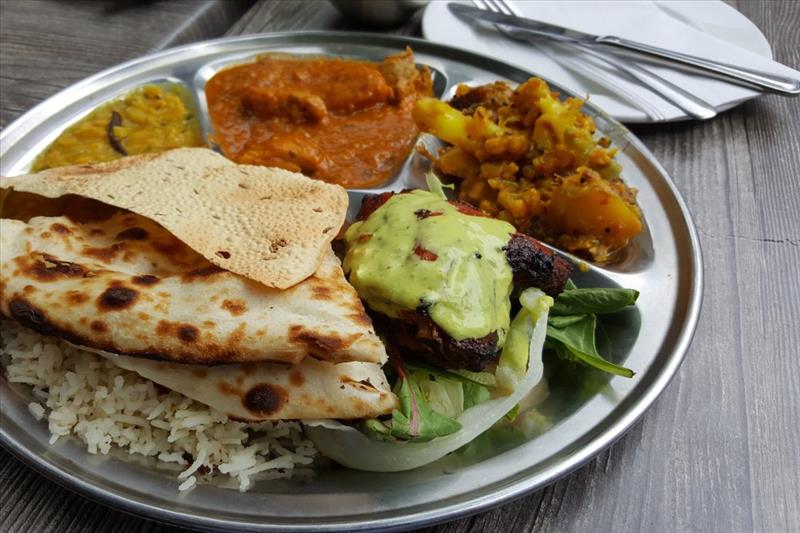
Bengali Thali
Rich, delicious Bengali vegetarian thali – you must taste this once in your lifetime! It generally consists of luchi (puri), cholar dal, sukto (assorted vegetables), dal, fries, main courses, and desserts. Non-vegetarians should try the spicy fresh fish curries of Bengal. Depending upon places the menu varies but is always cooked with fresh exotic spices.
Rasogolla
If you come to Kolkata and never tastes this sweet bliss ‘Kolkatar Rasogolla’, you’ll miss the most delightful dessert in the world. It’s a soft and fluffy sweet made with cottage cheese and dipped in sugar syrup.
Misti Doi
This is a rich, thick curd, sweet to taste. Sometimes flavoured with mango or strawberries, try the real natural version first.
Phuchka
Puchka is Kolkata’s take on ‘pani puri’, the deep-fried hot savoury pastry balls which are popular across India. Here’s the trick, our version is stuffed with a special spicy smashed potato, chutneys and tangy water. You’ll love the taste.
Kathi Roll
You can dine like a Royal in one the classy restaurants on Park Street or hang out by the roadside and indulge in street food stall but whatever you do, Kathi roll is a must-have in Kolkata. It comes in many options like vegetable, paneer cheese, egg, chicken, lamb, or the special combi.
Bengali’s love to eat and festivals are a good excuse! During the Durgapuja festival, the streets of Kolkata are an open buffet and the choice of tasty delicacies is infinite. If you’re a food-fascinated traveller (that’s me) wing your way over west India for some authentic Kolkata cuisine.
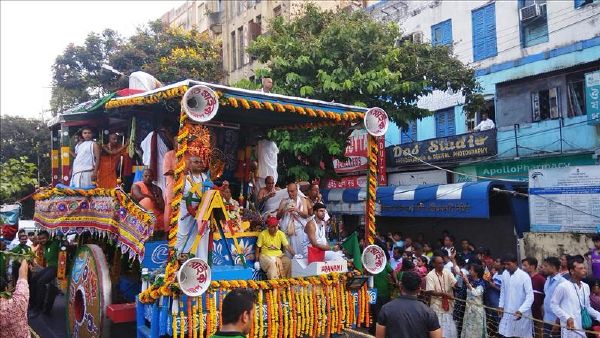
Why I love living in Kolkata
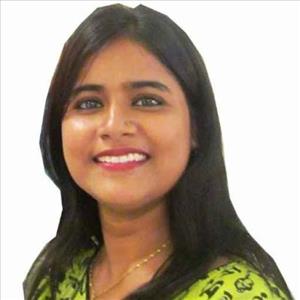
This is the city of belongingness. Whether it’s hanging out at the heritage coffee house or shopping in the south city mall, there’s a friendly vibe everywhere. Yes, Kolkata may be strident, and people never leave you alone, but look deeper and you’ll see that generosity and hospitality abound.
Every festival is a colourful occasion and we celebrate together, way beyond religions and casts. I came here to study during my teenage years, and although I can’t pinpoint the exact moment, the essence of Kolkata city life entered my soul. It leaves an indelible stamp on everyone who visits.
Ruma Dey Baidya is a Travel and Lifestyle Writer, Blogger and YouTuber from Kolkata. See what’s she’s up to on www.theholidaystory.com
Where to Stay in Kolkata
Esplanade is the best area to stay in Kolkata. Right in the heart of the city, this historical district is central for reaching the main heritage sites as well as the modern shopping malls. Convenient for tourists, there’s a good choice of hotels ranging from backpacker budget through to five-star luxury and the ultra elite, and numerous restaurants nearby, as well as Maiden Market and the bazaar. The waterside promenade beside River Hooghly is another attraction.
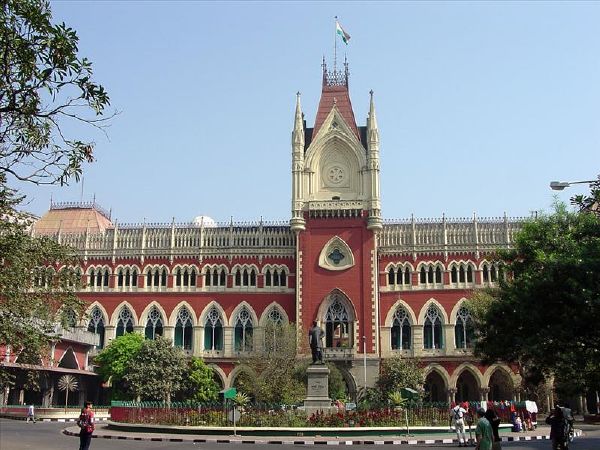
Points of Historical Interest in Esplanade Include:
- Indian Museum
- Mother Teresa’s Tomb
- Dalhousie Square
- BBD Bagh (colonial bank)
- St John’s church
- Kolkata Town Hall
- General Post Office
- Kolkata High Court
- Howrah Bridge
- Tipu Sultan Mosque
Transport Connections in Esplanade
Esplanade district is well-located for getting around Kolkata by metro, train, bus and tram.
Train Station
- BBD Bagh Circular Railway Station
Metro Stations
- BBD Bagh Circular Railway Station
- Chandni Chowk
- Central
- Esplanade
- Park Street
Tram Station
- Esplanade Tram Depot
Long-Distance Coach Stations
- Esplanade Bus Stand
- Babughat Bus Stand
Getting to Esplanade from Kolkata International Airport (CCU)
Airport Bus
Line VS1 to Esplanade. An air-conditioned bus runs every 30 minutes from 8.15 am to 8pm (takes 1 hour 15 min). Desk located on the Arrivals level of Terminal 2.
Pre-Paid Yellow Taxi
The pre-paid taxi booth is located in the Arrivals area (outside Gates A3 and A4); official government controlled around-the-clock taxi service (approx. 30-50 minutes to downtown Kolkata depending on traffic).
Rideshares
Uber and Ola Cabs are available at Kolkata Airport through their respective apps.
Best Time to Visit Kolkata
- Autumn in the best season to visit Kolkata, the weather is warm during October and November.
- Winter weather is a cooler but rarely goes below 12ºC (December to February).
- Temperatures can rise to over 40ºC in the hot ‘summer months’ (March, April and May).
- Expect heavy rain during the southwestern monsoon (June until September).
Related Posts on Monumental Indian Cities
New Delhi: What to see in a 1 day stopover
New Delhi is the capital city of India, a convenient gateway to enter the country, an affordable hub for international and national flights, and direct train connections to mayor World Heritage Sites such as the Taj Mahal.
Stay for a day a in colonial Old Delhi to see the historical sites, the Red Fort and colourful street bazaars.
Must Visit Places in Delhi (3-day Delhi itinerary)
Follow our insider guide, a 3 days in Delhi itinerary to see the must visit places in India’s capital city.
Allow 2 days for exploring Old Delhi itself, then go out for a day trip.
1 day visit to Taj Mahal (and how to get to Agra)
1 day visit to Agra to see the Taj Mahal, one of the Seven Wonders of the World!
I caught the Taj Express, the superfast train from Delhi to Agra which leaves Hazrat Nizamuddin Railway Station first thing in the morning.
2 days in Jaipur: What to see in Pink City, India
Jaipur is the capital of Rajasthan, the famous Pink City in North India.
So, what can you see on a 2 day trip to this UNESCO World Heritage City? The Wind Palace and Amber Fort are extraordinary, and I just love those silk saris in the bazaar…
2 days in Mumbai: What to see in India’s mega city
Formerly known as Bombay, Mumbai is the financial capital of India.
Although you can see the main sites in a day, it’s worth spending 2 or 3 days in India’s mega city! Yes, the traffic is horrific and the air pollution high, it is also extremely hot but even so, Mumbai is just magical…
Discover the World with![]() the blog with a focus on independent travel
the blog with a focus on independent travel




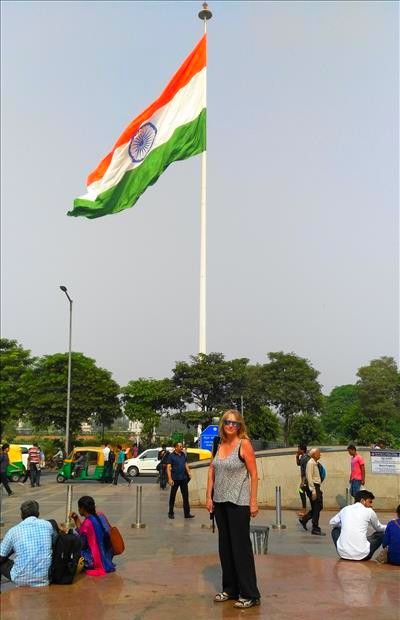
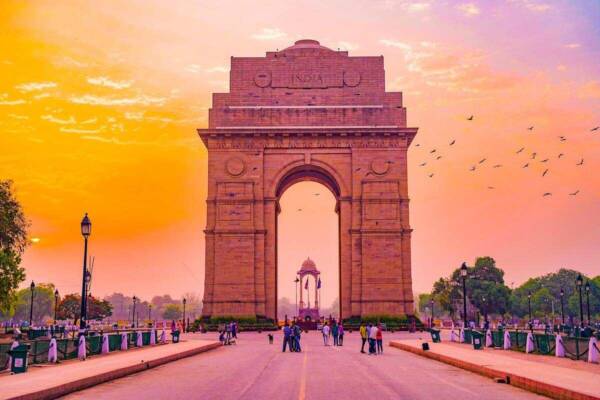

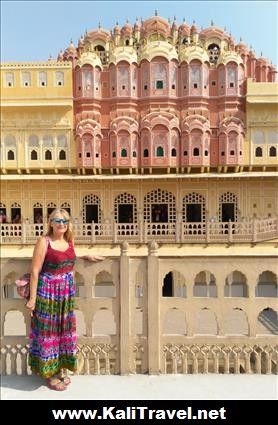
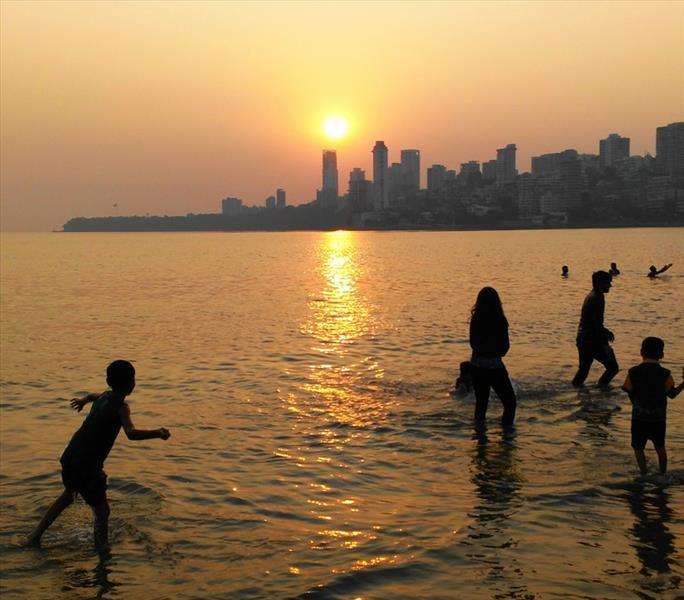
There’s such a fascinating blend of British and Indian architecture here. Didn’t realise how much was built while it was a foreign territory. Interesting city.